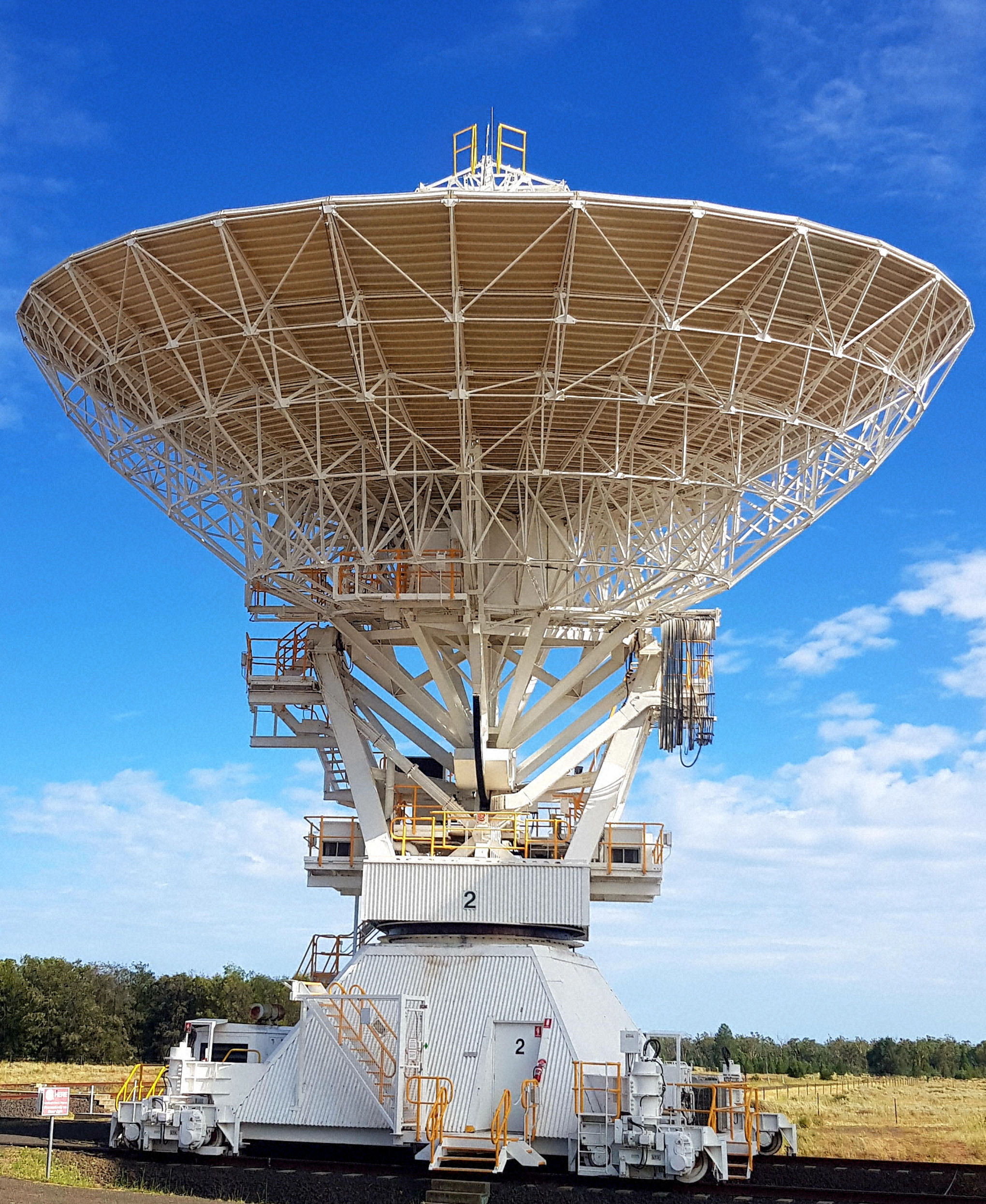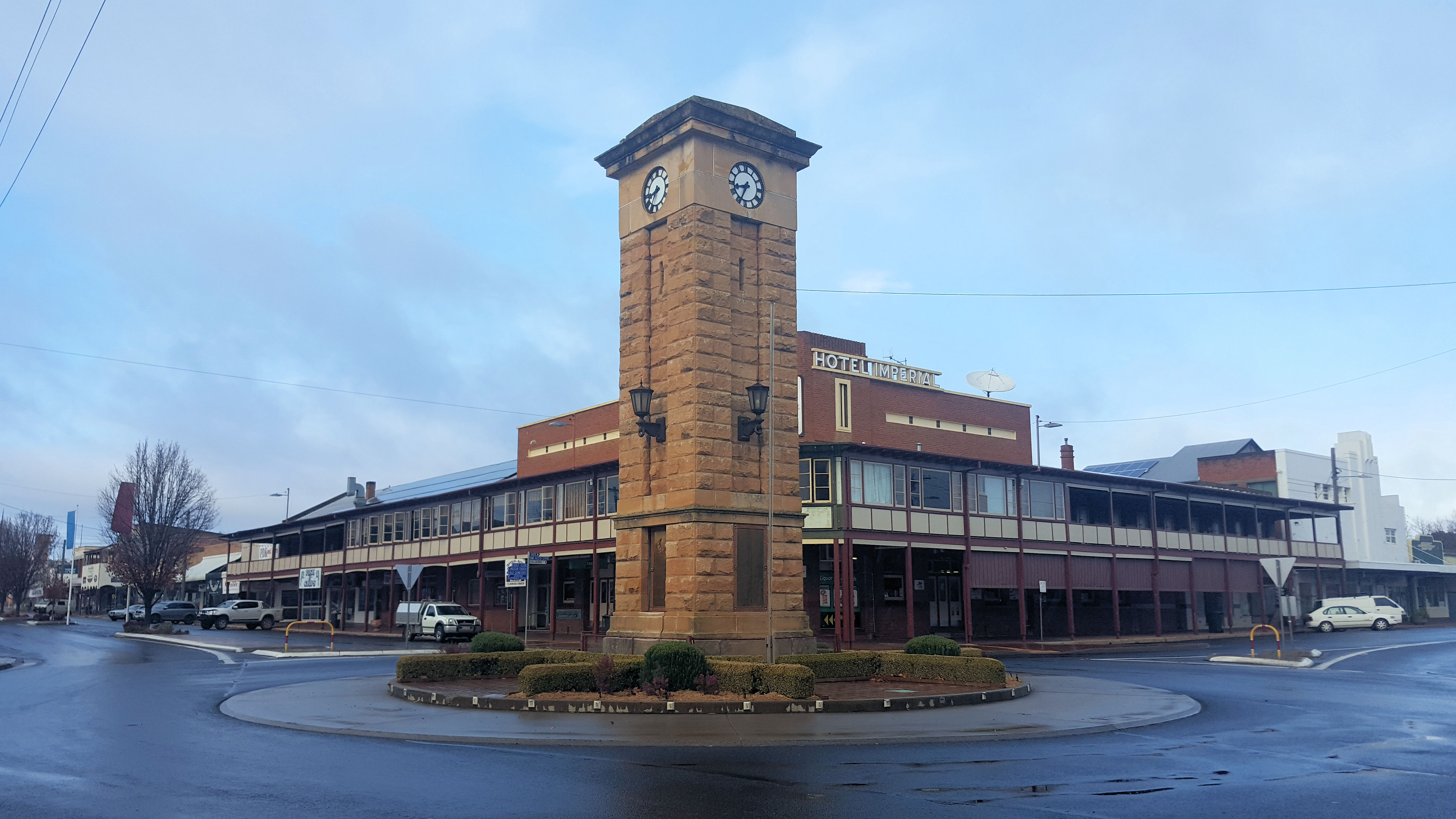Category: Observatory
-
Narrabri Paul Wild Observatory

Narrabri Paul Wild Observatory Operated by the CSIRO and located 25 km west of Narrabri in north-west New South Wales, the Paul Wild Observatory is an array of six 22 metre antennas used for radio astronomy. This was an unexpected highlight of our trip to the north-west, because we were not aware it existed until… Read more
-
The Rocks Sydney

The Rocks The Rocks is one of the oldest areas of Sydney, and as such it has many historically important buildings to visit. We started our walk near the Fortune of War hotel and the old restored police building next door. Walking through the archway nearby we went to Nurses Walk and looked at the… Read more
